When you think of McDonald’s, it’s hard not to conjure the image of their iconic clown mascot, Ronald McDonald. For decades, this cheerful character was synonymous with the fast-food giant, but his role in the company dramatically shifted in 2016.1 What led to his sudden disappearance from the limelight? In this article, we delve into the intriguing story behind the clown’s vanishing act and the factors that contributed to his exit.
The Creepy Clown Craze
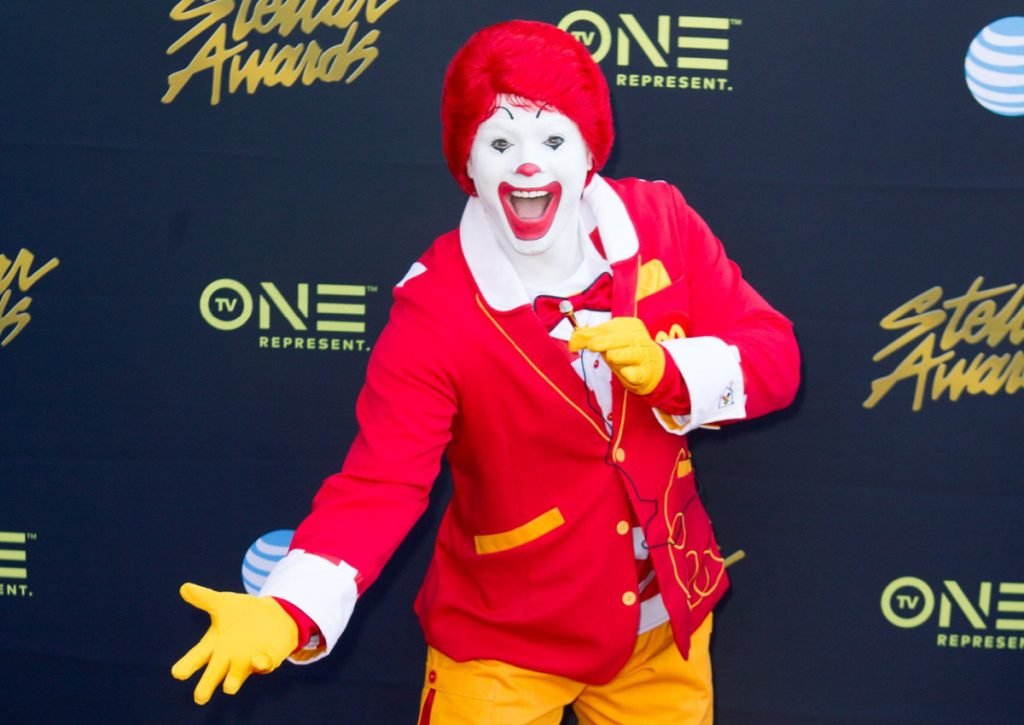
In 2016, a bizarre phenomenon swept across the United Kingdom and the United States: the “creepy clown” trend. People began dressing up as menacing clowns, terrorizing communities, and even wielding weapons.2 The chilling reports of these incidents prompted McDonald’s to take action. In response to the unsettling climate created by these clown sightings, the company decided to sideline Ronald McDonald from its advertising campaigns. They cited concerns for public safety and community well-being as the main reasons for this move.
This decision, while surprising to some, was McDonald’s way of distancing itself from the unsettling clown imagery that had taken hold of the public’s imagination. The move reflected the company’s commitment to safety and sensitivity to the concerns of its customers.
Unhealthy Marketing
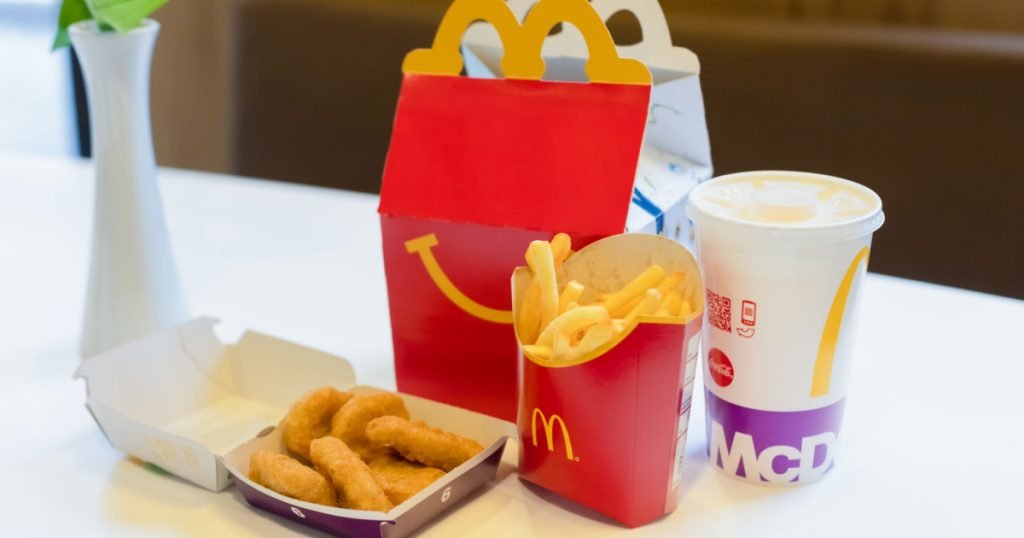
Ronald McDonald had been the face of the company since the 1960s, but he faced mounting criticism for promoting unhealthy fast food to impressionable children. Critics argued that he played a role in childhood obesity. This public relations challenge led McDonald’s to reevaluate their marketing strategy. Former CEO Don Thompson tried to defend Ronald but found it challenging, especially with the increasing scrutiny on children’s diets.3
The criticism prompted McDonald’s to shift its advertising focus away from children and toward adults. This transition aimed to address concerns about the impact of fast food on children’s health and to adapt to changing societal expectations. Despite his child-friendly persona, the mascot no longer fit into this new marketing direction.
Ronald McDonald’s Outdated Image
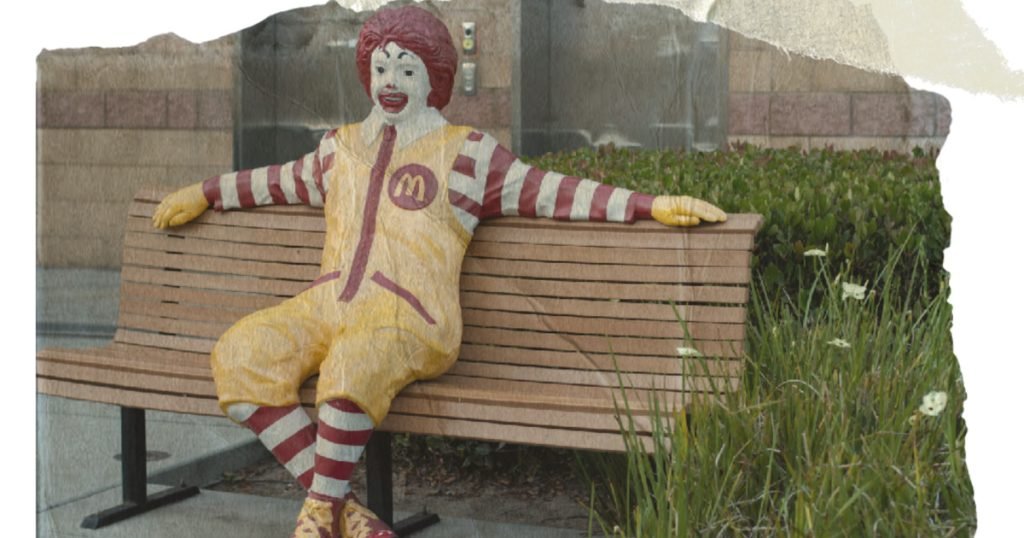
McDonald’s embarked on a significant transformation to modernize its restaurants and appeal to an older demographic. The chain introduced self-order kiosks, sleeker designs, and a more adult-oriented menu. Ronald McDonald’s goofy appearance and childlike image no longer aligned with the company’s new direction.
The rebranding efforts aimed to make McDonald’s restaurants more appealing to adults and create a contemporary, upscale image. A clownish persona had become a relic of the past, incompatible with the modern, sophisticated image McDonald’s sought to project.
The Final Bow
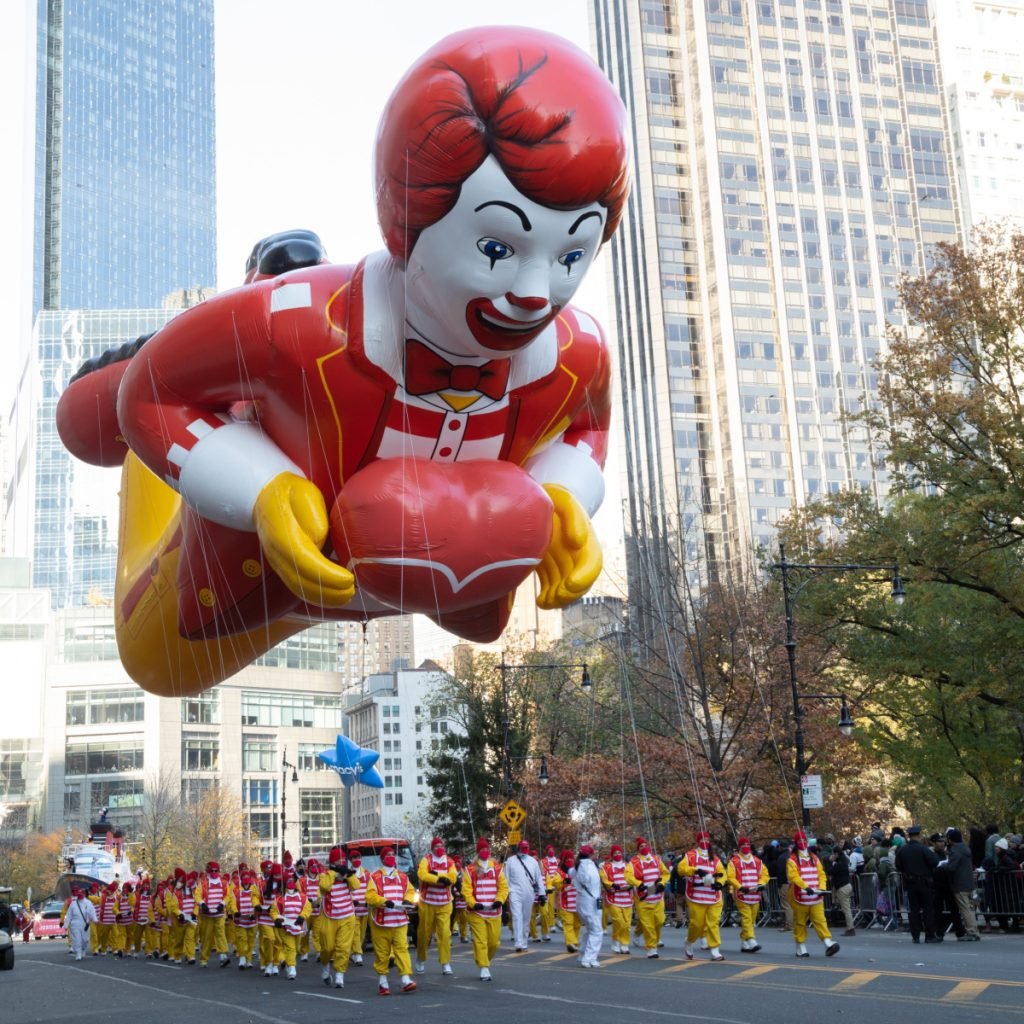
Despite lingering nostalgia for Ronald McDonald, his role as the face of the franchise gradually diminished. The rise of health-consciousness and changing consumer preferences prompted McDonald’s to retire him officially in 2016. The company cited concerns about the “creepy clown sightings” as the main reason for his departure, but Ronald had already been fading from the advertising scene for years.
Ronald McDonald’s official retirement marked the end of an era. While he still makes occasional appearances, especially during the Macy’s Thanksgiving Day Parade, his retirement reflects the fast-food giant’s evolution. As McDonald’s strives to keep up with changing consumer expectations and an ever-shifting marketing landscape, Ronald’s departure remains a symbol of the company’s ongoing transformation.Ronald McDonald’s Mysterious Exit
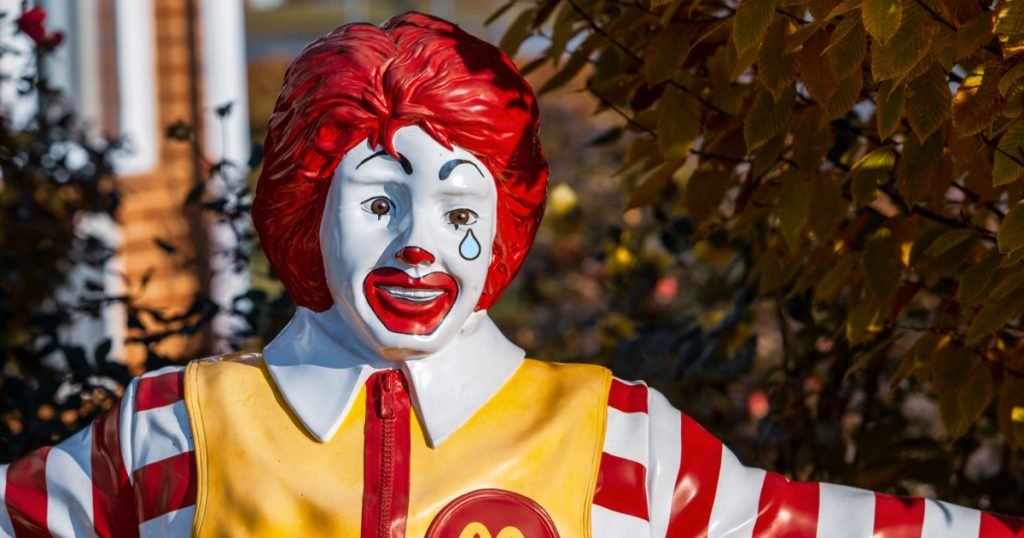
Ronald McDonald’s disappearance from advertising marked the end of an era. While he occasionally appears occasionally, especially during the Macy’s Thanksgiving Day Parade, his retirement reflects the fast-food giant’s evolution. As McDonald’s strives to keep up with changing consumer expectations and an ever-shifting marketing landscape, Ronald’s departure remains a symbol of the company’s ongoing transformation.
While it’s uncertain whether we’ll ever see a resurgence of this iconic clown, one thing is clear: Ronald McDonald played a significant role in the franchise’s history. His retirement serves as a reminder that even the most enduring symbols must adapt to changing times. Whether he’s making a comeback or not, Ronald McDonald’s legacy is firmly etched in the annals of fast-food history.




